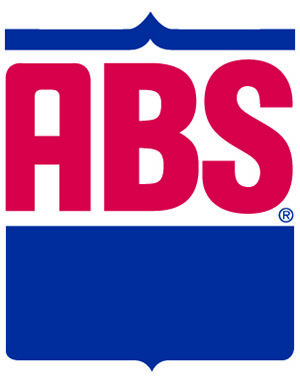After experiencing rapid market growth, Greek yogurt, the popular product touted as thicker, creamier and healthier than traditional yogurt, is now plateauing in its market share.
Food Republic quotes Dannon’s senior director of public relations, Michael Neuwirth, as stating that Greek yogurt’s market share rose from less than 5 percent of the yogurt market in 2007 to almost 50 percent in 2012.
The reason the product saw such an extreme climb in market share is because it was able to break through the breakfast food barrier, says Matt Gould, dairy analyst for Dairy and Food Market Analyst.
Prior to Greek yogurt’s market emergence, yogurt’s primary consumer was women. Today, men consume Greek yogurt as well, and the cultured dairy product has entered the meal replacement, lunch food and snack food categories, says Gould.
But now, “per capita Greek yogurt consumption has found a ceiling,” he asserts. “It appears that Americans are eating as much Greek yogurt as they’re going to ever eat.”
Kurt Jetta, founder and CEO of a consumer-packaged goods analytics firm, TABS Group, tells FoodNavigator-USA, “Unit sales are flat versus a year ago; dollar sales are up slightly, but SKU [stock keeping unit] count gains are up 10 percent overall and 20 percent plus for Greek yogurt.”
In short, yogurt manufacturers are adding product at a faster rate than the category is growing.
Jetta explains, “This translates to a significant decrease in category productivity, and that is usually a precursor to retailers cutting back on their assortment.”
Gould also suggests production will outstrip demand. “One issue that’s really plaguing yogurt makers is that they built their yogurt plants with the expectation that Greek yogurt consumption was going to continue to expand. Most yogurt companies are overbuilt,” explains Gould.
“They all have extra capacity at the plant. The way you pay for your plant is increased volume,” he says.
Although the market has matured, Food Republic cites Greek yogurt as still controlling 48 percent of the total yogurt market. “The growth has flattened, but the percentage is still there,” Neuwirth summarizes.
Which means, according to Gould, the fight is on for who controls the supermarket yogurt case.
“At the grocery store, you might see 10 for $10 Chobani. The latest I saw was 12 for $10 Yoplait. Because the category is no longer growing, if you’re going to grow profitability, you have to take it away from somebody else,” Gould says.
Besides Greek yogurt’s battle for dairy case space, the overall future of yogurt, according to TABS Group, isn’t looking very rich.
FoodNavigator-USA reported Jetta saying, “TABS Group is projecting the yogurt category will venture into negative territory in 2015, unless there is a significant uptick in promotional activity, which would translate into some incremental category growth.”
Jetta also forecasts that 2016 will see an equilibrium growth level reached around the 2 to 3 percent growth range, as is typical for most consumer-packaged goods.
But yogurt companies are hard at work trying to prove the TABS Group wrong.
Food Republic touts the emergence of a frozen form of Greek yogurt. Neuwirth thinks more artisan Greek yogurts could enter the market.
Gould believes Greek will be pushed in other ways, pointing out that Chobani recently launched its Chobani Oats product, which has grains in it, to try to “creep more into that meal replacement space.”
He adds, “We’ve recently seen quite a few companies launch Greek yogurts targeted specifically at children. We’ve seen the extension of the name ‘Greek’ go under Greek ice cream and Greek-style dips. I think within the case you will continue to see competition. You will probably see the case expand into other cultured products that are Greek affiliated.”
Mexico may be the next target for yogurt in North America, according to Prepared Foods. The article states Greek yogurt is still gaining attention in Canada, as well.
Competition, says Gould, is going to squeeze people out. Chobani, for instance, has gone from controlling 48 percent of the Greek market in 2013 to hovering around 18 percent and falling around July of last year, says the New York Post, sinking as low as 16 percent.
Chobani’s second yogurt plant and its largest was built in Twin Falls, Idaho, but according to Gould, their largest consumer base is in the Northeast, so product shipping spans the U.S.
“They have their challenges, given that they have an overbuilt plant and an old plant for their two processing facilities. But, they also have a premium name. They continue to launch products,” says Gould. “I would argue they are still the market leader.” PD








